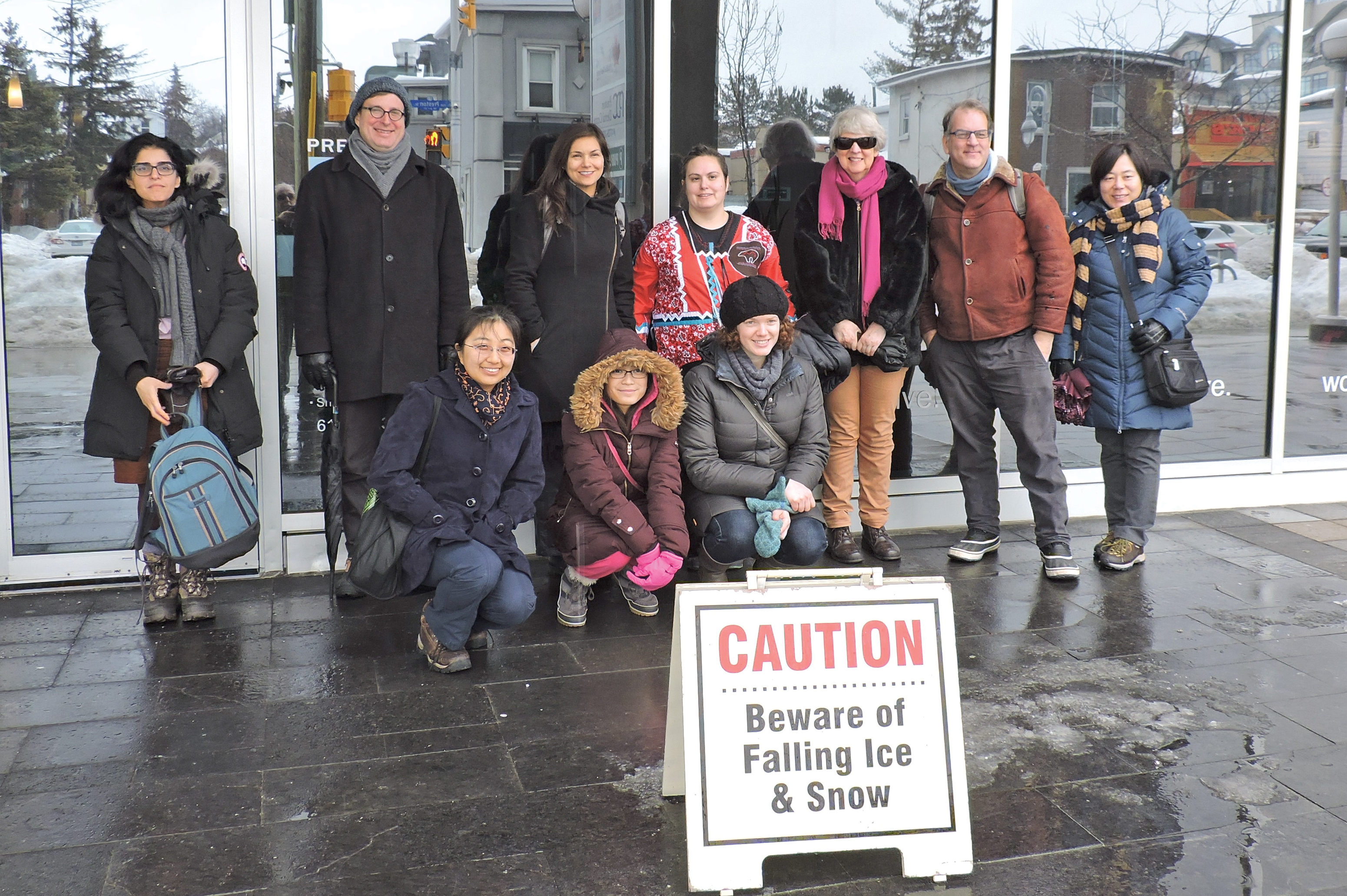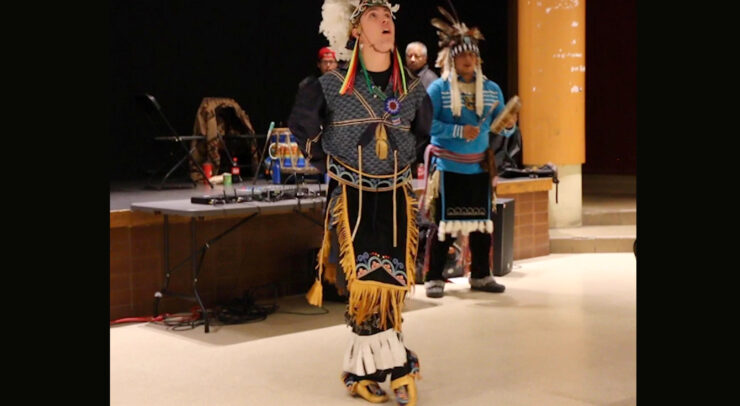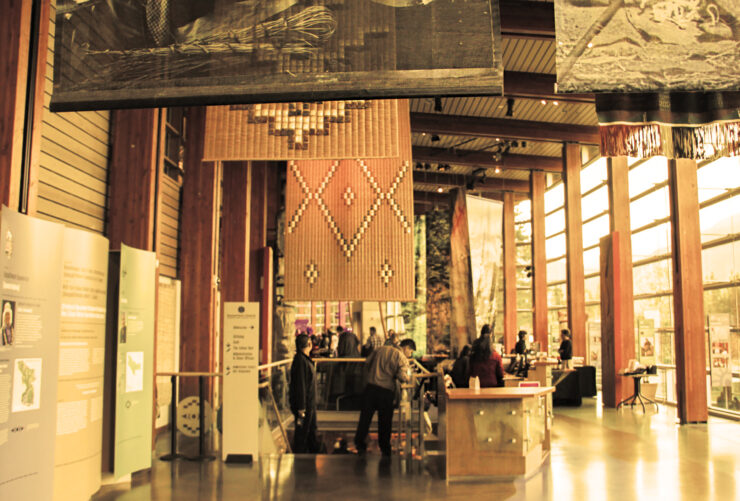Walking tour shows Indigenous perspective of Ottawa history
Although learning about the early history of Ottawa may seem as easy as visiting the Bytown Museum, there are some aspects of history that are too often forgotten. Indigenous Walks, a guided walking tour through downtown Ottawa, is here to pick up where museums leave off.
Indigenous Walks was founded in May 2014 when Jaime Koebel, a Nehiyawak and Cree woman, decided to merge her love for education with her personal experience as an Indigenous person. Koebel takes participants through Parliament Hill and other areas in downtown Ottawa to teach about these locations’ history from an Indigenous perspective.
“I did my own research, walked around the city, found some locations of aboriginal (importance). It was something exciting for me to organize,” said Koebel. “The whole point is to look at the monuments, landscape, and architecture from an Indigenous perspective, particularly addressing social, political, and cultural issues.”
Working with the There’s Room: Ottawa Artists Respond to the Refugee Crisis art exhibition at Gallery 101, which features multiple University of Ottawa alumni, Koebel guided participants through Ottawa’s Little Italy neighbourhood on Feb. 20.
Koebel said that working with the exhibit was “an interesting place for Indigenous Walks” due to her people’s complex “history with immigration” and its displacement of Indigenous people.
“We understand that as human beings we have to provide that sense of safety and space, but it’s hard for us to see our government providing resources when we barely have any ourselves,” said Koebel.
“On the other hand, there are many Indigenous people who have generously welcomed Syrian refugees at the airport with smudge bowl and sage in hand to introduce them and welcome them… so I think that’s another aspect of what it means to be Indigenous, to be on the same level as other human beings.”
The walk had several stops in Little Italy, drawing on the ideas of borders separating people, since artificial lines ignore natural lines. Even modern-day transit served as a reminder of Indigenous history, as Koebel discussed how the O-Train was reminiscent of the first railway system being built in Canada, which represented a growing nation, but also displaced Indigenous people onto reserve lands.
Koebel said it also serves as a reminder of communities coming together and creating connections through their experiences with persecution, adding that escaped Chinese immigrants who came to work on the railroad found refuge with Indigenous people, as well as African Americans escaping slavery.
“There’s a sort of history of Indigenous people being a support for people who have been persecuted because they can relate,” said Koebel.
Along with a culture of leveling with other human beings is the knowledge that women are respected and held highly. The walk also reminded participants about the pressing issue of missing and murdered Indigenous women, a topic that has become more widely covered in recent years.
Exploring Ottawa through an Indigenous perspective helps bring Indigenous issues to the forefront of Canadian society, as Koebel noted that she has found more and more people becoming interested in learning about Canada’s Indigenous history.
“With Indigenous Walks I’m happy to be able to create a space where people can come learn and learn at their own preference in a sense that it’s a safe place and they can absorb what they want.”





